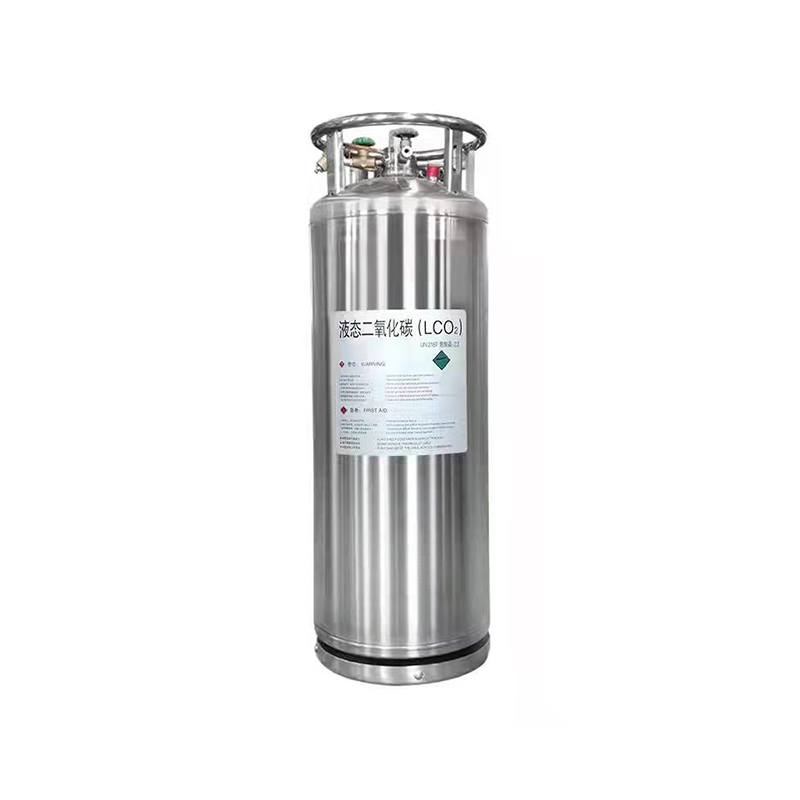If you've ever wondered how scientists and researchers keep things icy cold for their experiments, the answer likely lies in a Dewar cylinder. These unassuming containers are the unsung heroes of the scientific world, playing a crucial role in maintaining ultra-low temperatures for a wide range of applications. Let's delve into the fascinating world of Dewar cylinders and explore the cool science behind their chilling capabilities.
Dewar cylinder, named after the Scottish physicist and chemist Sir James Dewar, are specially designed vessels used for storing and transporting cryogenic liquids such as liquid nitrogen, liquid oxygen, and liquid helium. The key to their exceptional insulating properties lies in their construction. Typically, Dewar cylinders consist of an inner and outer vessel separated by a vacuum, which minimizes heat transfer by conduction and convection. This allows the cryogenic liquids to remain in their liquid state for extended periods, making them indispensable tools in industries ranging from healthcare and food preservation to scientific research and even culinary arts.
The applications of Dewar cylinders are as diverse as they are intriguing. In the realm of scientific research, these cylinders are indispensable for preserving biological samples, conducting experiments in low-temperature physics, and even powering superconducting magnets in MRI machines. Moreover, Dewar cylinders play a vital role in the field of medicine, where they are used for storing and transporting vaccines, blood products, and tissues. In the world of gastronomy, chefs have harnessed the power of Dewar cylinders to create whimsical dishes, such as instant ice creams and frozen cocktails, by rapidly freezing ingredients using liquid nitrogen. The versatility of Dewar cylinders extends far beyond the confines of laboratories, making them a cornerstone of innovation across various domains.

While Dewar cylinders have revolutionized the way we handle and utilize cryogenic liquids, it's crucial to acknowledge the safety considerations associated with their use. Due to the extremely low temperatures of the stored liquids, proper handling and protective gear are imperative to prevent injury or exposure. Additionally, regular maintenance and monitoring of Dewar cylinders are essential to ensure their structural integrity and prevent potential leaks. By adhering to stringent safety protocols and guidelines, industries and research facilities can harness the full potential of Dewar cylinders while prioritizing the well-being of their personnel.
Dewar cylinders stand as a testament to the remarkable intersection of science, innovation, and practicality. From preserving vital medical supplies to enabling cutting-edge research and culinary creativity, these unassuming vessels have left an indelible mark on myriad industries. As we continue to push the boundaries of what is possible with cryogenic technology, the role of Dewar cylinders remains indispensable, serving as the guardians of sub-zero temperatures and the enablers of groundbreaking discoveries. So, the next time you enjoy a scoop of nitrogen-frozen ice cream or marvel at the wonders of MRI imaging, take a moment to appreciate the unsung coolness of Dewar cylinders that make it all possible.
